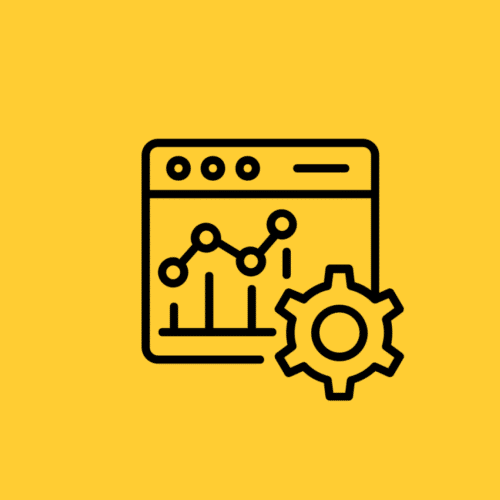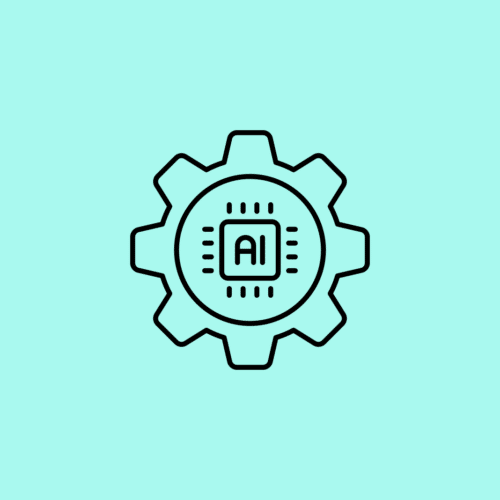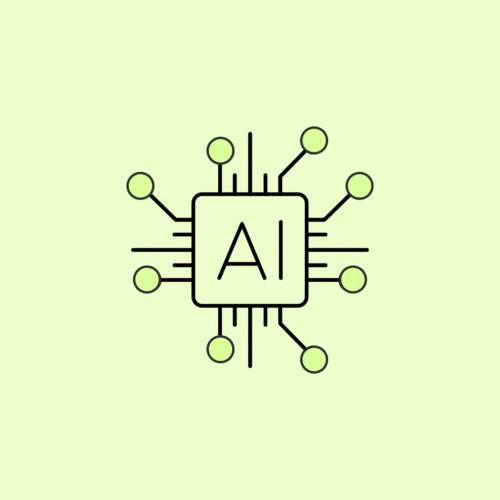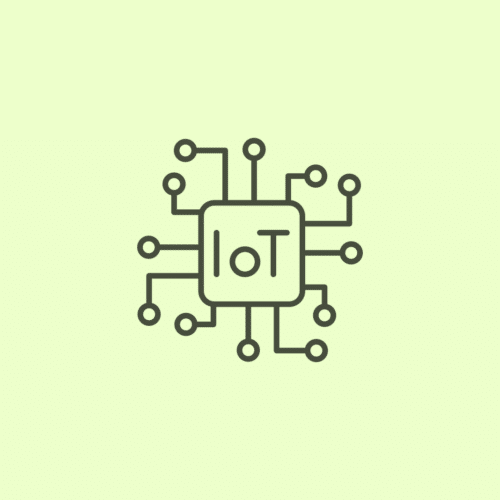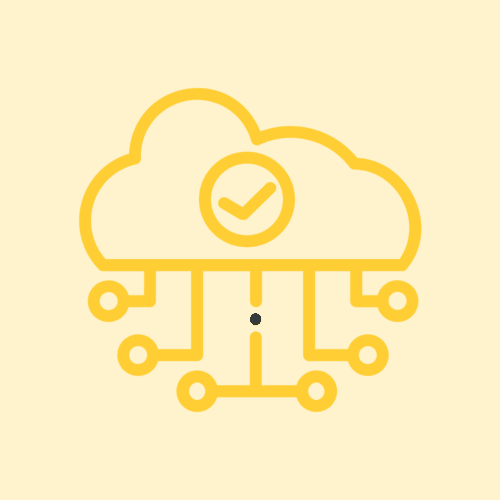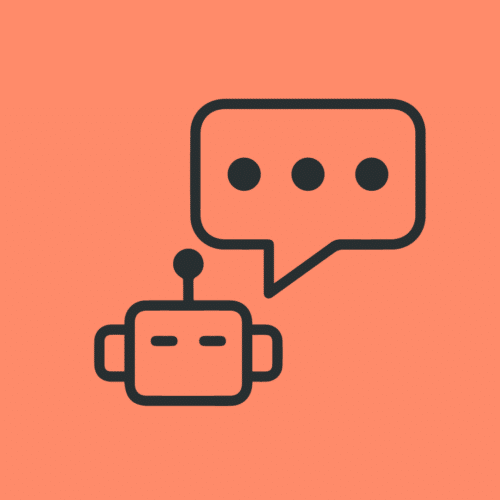BLOG
What is LiFi and How Does it Work?
Light is powerful. It defines our world and the way we experience it, and people have been working to harness and control light for millennia. At Very, we’ve even developed IoT applications that can control the LED lights in your home aquarium. Now, thanks to the development of LiFi – a visible light communications (VLC) technology – we can use light to do so much more.
What is LiFi?
LiFi, which stands for Light Fidelity, is a wireless communications technology that uses visible light to transmit data in real time. It’s up to 100 times faster than standard WiFi. While it’s yet to reach broad use in the market, LiFi has the potential to hugely impact technology and software development, especially for IoT solutions, across sectors.
How Does LiFi Work?
LiFi is like WiFi – except instead of using a router to transmit data, you’re using an LED light bulb to send messages over the visible light spectrum.
Because it runs on light waves from common household LED bulbs, LiFi technology operates the way light does. Visible light has a much wider bandwidth than WiFi, meaning that LiFi-enabled devices can send and receive huge volumes at extremely high speeds – up to 224 gigabits per second.
However, light can’t travel through walls because the light waves are too small. Additionally, to send and receive light signals, your light source must be active for the technology to work. So if you’re running your smart home on LiFi alone, you’d need to have LED bulbs throughout your house.
Yet by the same token, LiFi offers more security than WiFi because of the opportunity to introduce physical barriers. You can contain light within a space, so you can protect the messages you’re sending and receiving from outside parties.
LiFi signals are also immune to the electromagnetic interference that can plague radio frequency-sensitive areas. If you turn on your microwave or cordless phone near a LiFi signal, likewise, you won’t disrupt an important transmission.
How is LiFi used?
LiFi’s unique benefits and constraints give it a narrow window of possible use cases, but “narrow” doesn’t mean “bad.” For the areas where the technology can work, it has the potential to work really well.
Hospitals
In the healthcare setting, clinicians can use LiFi to monitor patient vitals through wireless sensors without interfering with sensitive hospital equipment like MRI machines. In the operating room, where it’s difficult to install optical fibers, surgeons and nurses can use LiFi to operate important devices. Hospitals also consistently store, analyze, and transmit confidential data like medical and financial records. When that data is communicated through radio waves, it’s more vulnerable to security threats that aren’t present when using light communication or VLC systems.
Up In the Air
You don’t ever hear anyone bragging about how great the WiFi worked for them on their flight. That’s because the technology used to deliver that WiFi has trouble providing high-quality signals for hundreds of passengers. Upgrading that tech is expensive, too. With hundreds of light bulbs already present in your typical airplane cabin, airlines could use LiFi to provide more reliable connections.
Underwater
With LiFi, we can go beyond lighting fish tanks – we can communicate inside them, too!
WiFi works pretty terribly underwater for one of the same reasons that microwaves cook food. Both methods use 2.4 GHz frequency ranges. This range is great for heating up your Hot Pocket® and later regretting it, but not so great for underwater communication. Radio waves get absorbed and lost quickly beneath the waves.
For this reason, the United States military uses an extremely low-frequency radio to communicate to its submarines. But creating these kinds of radio transmitters gets expensive, fast. Because significant amounts of light can penetrate up to 200 meters underwater, LiFi may be an ideal medium for underwater communication.
Retail
LiFi can help retailers reclaim the value of brick-and-mortar locations by enhancing in-store customer experiences. For example, retailers can use the lighting around objects in the store to send product information to a customer’s smartphone. This could also include product reviews, store promotions, maps to find specific items, and even personalized offers for repeat customers.
Companies could also use the software on LiFi-connected smart devices, like phones or shopping carts, to track customers’ movements through the store. With this data, companies can optimize store layouts and A/B test where specific products are placed.
Schools
Does anyone need a fast internet connection more than a stressed-out university student preparing for finals? In addition to helping college kids access online resources and Facebook, LiFi can facilitate interactive classrooms from elementary school and up. Resources can be shared with the entire class through interconnected devices, and online courses can be cast to multiple students.
LiFi and IoT development
LiFi is particularly exciting when we talk about the future of IoT, adding more considerations to the “WiFi vs Bluetooth” and “WiFi vs Cellular” debates for IoT products.
IoT devices rely heavily on connectivity. It’s the “Internet” part of the “Internet of Things.” LiFi promises high connectivity while using less power, reducing costs and complexity when developing software and hardware.
When you think about the other part of IoT – the “Things” that can now be connected via LiFi- lots of possibilities open up. Across industries, lights can connect with IoT wireless sensors to send data and remotely control devices.
In addition to some of the LiFi-enabled IoT applications mentioned above, more examples specific to IoT include:
- Disney Research experimenting with an “Internet of Toys,” where toys and children’s clothing (like character costumes) could be remotely controlled through LED lighting
- Connected cars with LED-based lights communicating important information with each other and prevent accidents.
- Using smart LED street lights to send information about road conditions to connected cars
- Guiding museum visitors through a seamless interactive experience
- Creating an indoor navigation system for people with visual impairments
- Powering smart power plants and smart factories
If you’ve got an idea for an IoT product powered by LiFi, it’s critical that you choose the best IoT development services partner to bring your vision to life. Speak with a dedicated expert from Very today.


